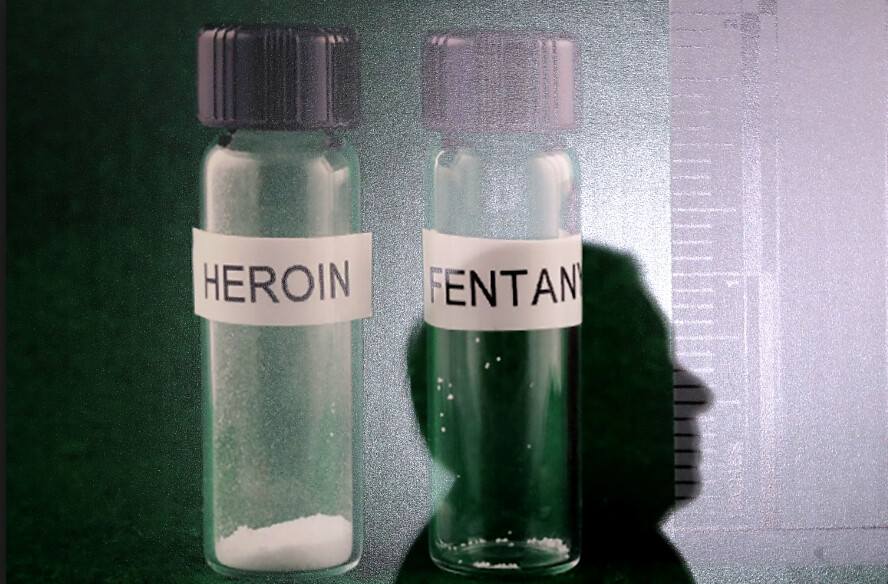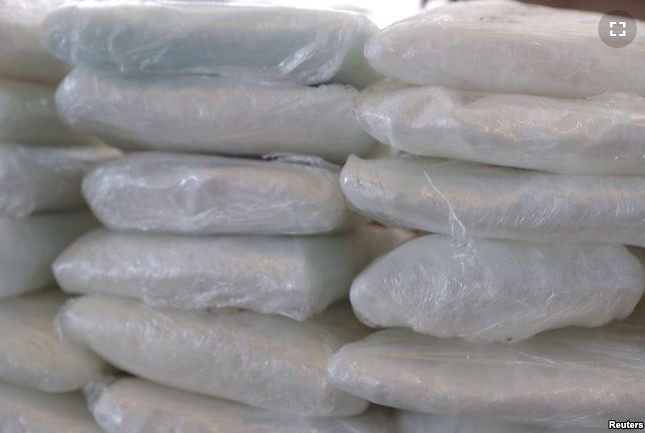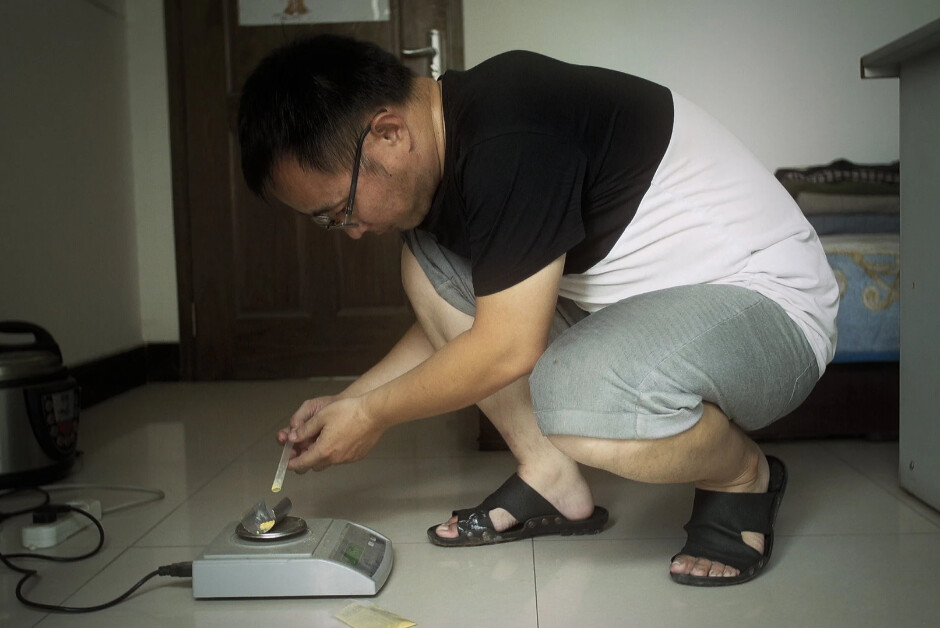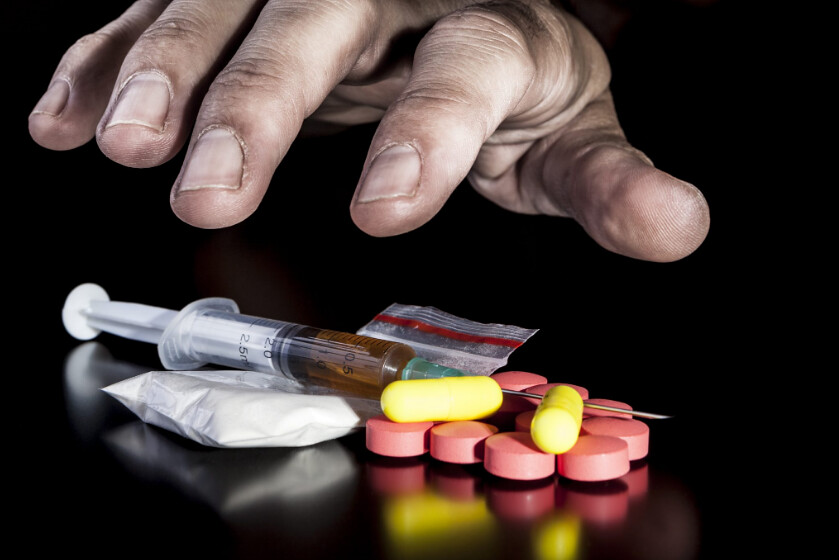Source: Pets 4 Homes
Anyone with Type 1 diabetes will tell you that delivering insulin via syringe gets old very quickly. Although, most patients get used to the process very quickly and as time passes do not even realize that the process might seem unusual throughout the day to a person who knows nothing about type 1 diabetes. New technologies of insulin delivery have been arriving in different forms such as inhalers, insulin pens, jet injectors, insulin pumps, etc. Each have their positive and negative aspects to the delivery of insulin.
Now, the next generation solution to delivering insulin via the oral pathway is being researched and reported in the "Director's Blog" on the National Institutes for Health website. The answer seems to be inspired by the tortoise. Yes, the tortoise shown in the picture above:
The researchers were challenged to deliver a medication consistently to the side wall of the stomach. If this method is to be used in the future, then not only insulin should be able to be delivered via injection but also other biological therapeutics -- proteins, peptides, and nucleic acids. Plus the challenge is to overcome the extremely acidic (low pH) environment along with digestive enzymes in the stomach wall through to the bloodstream - unaffected.
First though, the drug needs to be consistently delivered via injection into the stomach wall. How do you position a vial of medication inside the stomach to have the correct orientation such that the injection into the side wall of the stomach is easily accomplished? The answer lies in taking the unwavering ability of nature to have animals keep their orientation intact. By that I mean, the tortoise is able to reorient itself by turning itself over in a variety of situations. The solution is the 'self-orienting millimeter-scale applicator". A picture of the device is shown below:
Last but not least, the researchers were able to show the ability to deliver a payload (a dose) which is equivalent to that of a normal dose currently. The dose was 3 milligrams which is equivalent to the current dose given through injection to a human. One of the many novel aspects of this design is that the delivery of medication without excess chemicals which serve little or no purpose. By this I mean that normally medication is composed of the active ingredient plus a 'matrix' of chemicals which assist in the delivery of that active ingredient into the blood stream. This includes through the acidic environment along with moving that medication past the digestive enzymes in the stomach wall. Additionally, the ability to reduce unwanted side effects due to the 'matrix' chemicals is greatly appreciated.
To gain more insight into the study, feel free to read the original research which was published in the Journal 'Science' titled "An ingestible self-orienting system for oral delivery of macromolecules." The research highlighted above represents exciting solutions which make our lives easier. Innovative designs and concepts will ultimately make life better in the future. Anytime there are additional (new) avenues by which to deliver drugs which are non-invasive and easy along with being effective represent true innovative steps in research and discovery.
The pathway toward realization hopefully will be mainstreamed to deliver an alternative solution to the existing solutions thus far. Moreover, the importance of this project is proven by the efficacy along with our ability to come up novel designs which overcome interesting challenges presented to us with the biological (human) system with which we work with.
Related Blog Posts:
Scientific Evidence Points To Dangerous Chemicals Associated With Vaping
How much nicotine is in a bottle of e-liquid? Is the level toxic?
EPA Administrator Nominee Andrew Wheeler's Opening Statement - Confirmation Hearing!
NIDA Director Nora Volkow: How Health Communicators and Journalists Can Help Replace Stigma with Science
What is the next big step in Mental Health Research?
Now, the next generation solution to delivering insulin via the oral pathway is being researched and reported in the "Director's Blog" on the National Institutes for Health website. The answer seems to be inspired by the tortoise. Yes, the tortoise shown in the picture above:
In a study published in the journal Science, a team, led by Robert Langer at Massachusetts Institute of Technology, Cambridge, and Giovanni Traverso, Brigham and Women’s Hospital, Harvard Medical School, Boston, took a new approach to the problem by developing a tiny, ingestible injection system [1]. They call their pea-sized device SOMA, short for “self-orienting millimeter-scale applicator.”In designing SOMA, the researchers knew they had to come up with a design that would orient the injection apparatus correctly. So they looked to the African leopard tortoise. They knew that, much like a child’s “weeble-wobble” toy, this tortoise can easily right its body if tipped over due to its low center of gravity and highly curved shell. With the shape of the tortoise shell as a starting point, the researchers used computer modeling to perfect their design. The final result features a partially hollowed-out, polymer-and-steel capsule that houses a tiny, spring-loaded needle tipped with compressed, freeze-dried insulin. There is also a dissolvable sugar disk to hold the needle in place until the time is right.Here’s how it works: once a SOMA is swallowed and reaches the stomach, it quickly orients itself in a way that its needle-side rests against the stomach wall. After the protective sugar disk dissolves in stomach acid, the spring-loaded needle tipped with insulin is released, injecting its load of insulin into the stomach wall, from which it enters the bloodstream. Meanwhile, the spent SOMA device passes on through the digestive system.
The researchers were challenged to deliver a medication consistently to the side wall of the stomach. If this method is to be used in the future, then not only insulin should be able to be delivered via injection but also other biological therapeutics -- proteins, peptides, and nucleic acids. Plus the challenge is to overcome the extremely acidic (low pH) environment along with digestive enzymes in the stomach wall through to the bloodstream - unaffected.
First though, the drug needs to be consistently delivered via injection into the stomach wall. How do you position a vial of medication inside the stomach to have the correct orientation such that the injection into the side wall of the stomach is easily accomplished? The answer lies in taking the unwavering ability of nature to have animals keep their orientation intact. By that I mean, the tortoise is able to reorient itself by turning itself over in a variety of situations. The solution is the 'self-orienting millimeter-scale applicator". A picture of the device is shown below:
Source: NIH Director's Blog
Last but not least, the researchers were able to show the ability to deliver a payload (a dose) which is equivalent to that of a normal dose currently. The dose was 3 milligrams which is equivalent to the current dose given through injection to a human. One of the many novel aspects of this design is that the delivery of medication without excess chemicals which serve little or no purpose. By this I mean that normally medication is composed of the active ingredient plus a 'matrix' of chemicals which assist in the delivery of that active ingredient into the blood stream. This includes through the acidic environment along with moving that medication past the digestive enzymes in the stomach wall. Additionally, the ability to reduce unwanted side effects due to the 'matrix' chemicals is greatly appreciated.
To gain more insight into the study, feel free to read the original research which was published in the Journal 'Science' titled "An ingestible self-orienting system for oral delivery of macromolecules." The research highlighted above represents exciting solutions which make our lives easier. Innovative designs and concepts will ultimately make life better in the future. Anytime there are additional (new) avenues by which to deliver drugs which are non-invasive and easy along with being effective represent true innovative steps in research and discovery.
The pathway toward realization hopefully will be mainstreamed to deliver an alternative solution to the existing solutions thus far. Moreover, the importance of this project is proven by the efficacy along with our ability to come up novel designs which overcome interesting challenges presented to us with the biological (human) system with which we work with.
Related Blog Posts:
Scientific Evidence Points To Dangerous Chemicals Associated With Vaping
How much nicotine is in a bottle of e-liquid? Is the level toxic?
EPA Administrator Nominee Andrew Wheeler's Opening Statement - Confirmation Hearing!
NIDA Director Nora Volkow: How Health Communicators and Journalists Can Help Replace Stigma with Science
What is the next big step in Mental Health Research?









